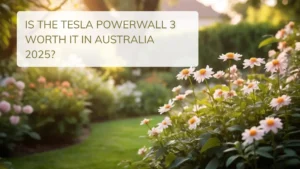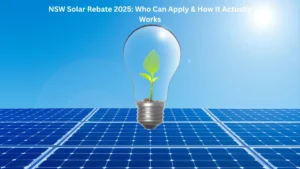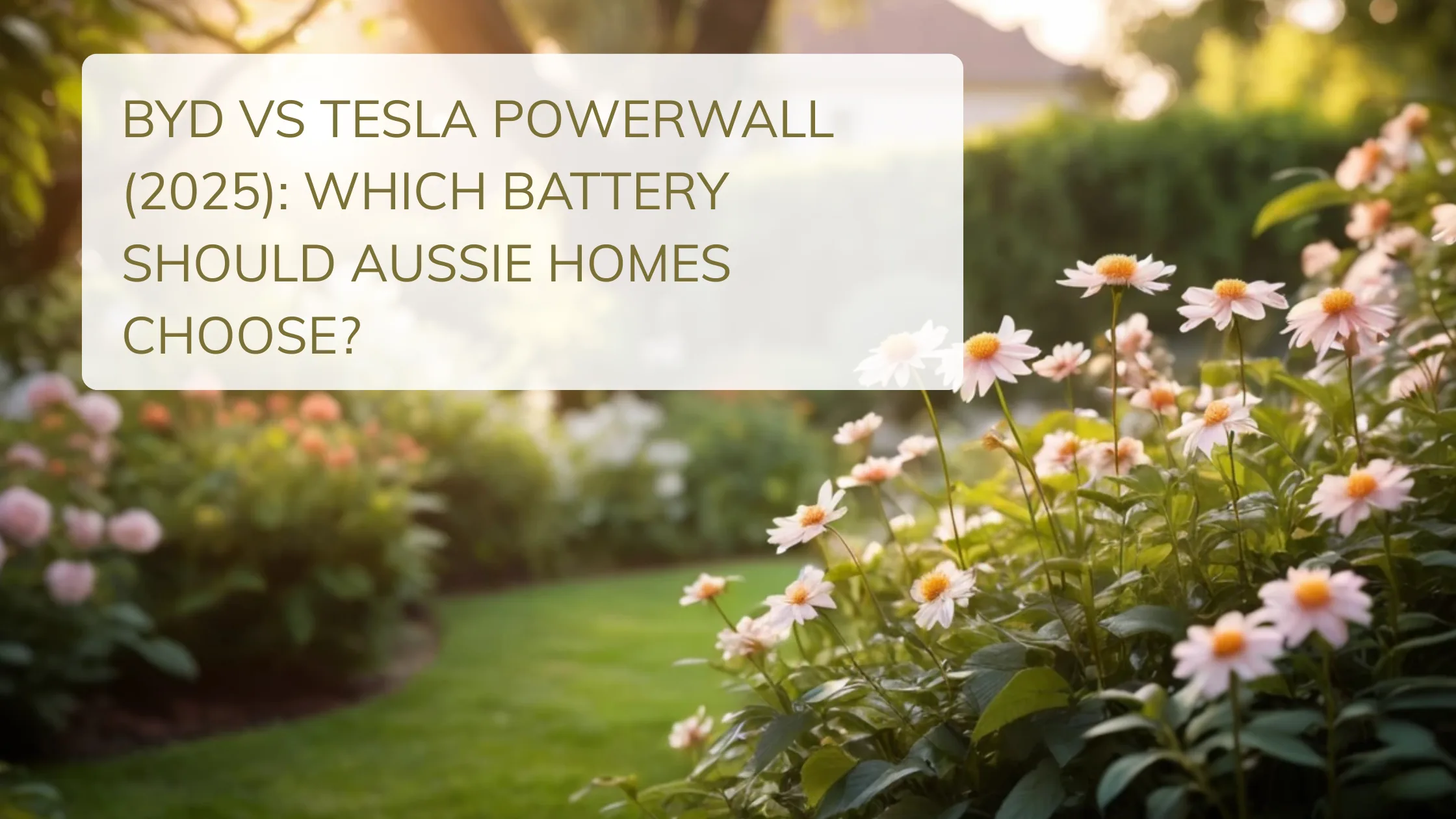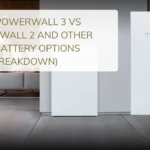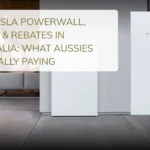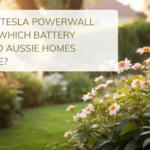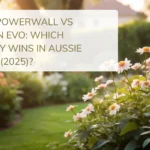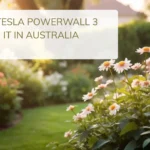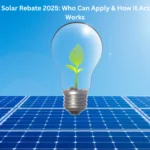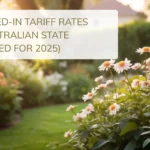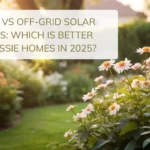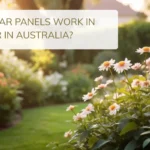BYD vs Tesla Powerwall (2025): Which Battery Should Aussie Homes Choose?
So you’ve got the panels sorted. Your feed-in tariff’s dropped to something laughable — like 5 cents — and you’re thinking, “Alright, maybe it’s time to store that solar instead of giving it away.” That’s where batteries come in. And in 2025, two big names keep popping up: BYD and Tesla Powerwall.
I’ve been down this rabbit hole myself. I’ve spoken to two local homeowners — one with a BYD setup and one running a Powerwall 3 — and crunched the numbers on both. So here’s my take, straight up, with no fluff.
Quick Specs Snapshot
Let’s keep this simple. Here’s how they compare at a glance:
- BYD Battery-Box Premium HVM
- Modular: 8.3 kWh to 22 kWh capacity
- External hybrid inverter needed (Fronius, GoodWe, etc.)
- Up to 10-year warranty (depends on inverter pairing)
- Made in China, LFP chemistry (very stable)
- Tesla Powerwall 3
- 13.5 kWh usable storage
- Built-in inverter
- Integrated Tesla app + energy management
- 10-year warranty, 70% retained capacity
In short: BYD is flexible and expandable. Tesla is sleek and all-in-one.
Price Comparison
Here’s what I found from actual quotes in NSW, May 2025:
- BYD 11 kWh system with Fronius inverter: ~$14,200 installed
- Tesla Powerwall 3 (13.5 kWh): ~$16,300 installed
The Tesla setup costs more upfront, but keep in mind that includes the inverter. With BYD, if you already have a hybrid inverter, the install price drops significantly.
Meet Dave (BYD Owner in Northern NSW)
I met Dave through a solar Facebook group. He’s got a BYD HVM setup — 11 kWh battery tied into a 10 kW Fronius Gen24 system.
“I chose BYD ‘cause I could expand later. Didn’t have cash for 20 kWh upfront, but now I’m planning to add another module next summer.”
Dave’s house runs fully electric — hot water, cooking, air con. He’s on a time-of-use tariff and uses the battery to dodge peak prices in the evening.
He’s saving roughly $1,600 a year after install. And the modular design meant he started smaller and upgraded gradually, which Tesla doesn’t really allow for.
Meet Amy (Tesla Powerwall Owner in Perth)
Amy and her partner installed a Powerwall 3 in March. They’ve got an 8 kW solar array and run a pool pump, two split systems, and charge their EV overnight.
“What sold me was the app — I can see what’s charging, what’s discharging, and when. Plus, during the last storm blackout, the fridge stayed on. That alone was worth it.”
For Amy, reliability and simplicity mattered more than modularity. She paid a bit more, but got a system that “just worked out of the box.”
Virtual Power Plant (VPP) Support
This is where Tesla absolutely shines. Powerwall users can join multiple VPPs across Australia — like Energy Locals, Amber, or AGL — and earn credits by sharing excess battery power back to the grid during peak demand.
BYD batteries can participate, but support is patchy and depends heavily on the inverter. If you’ve got the wrong pairing? No VPP for you.
Some Tesla users are earning $300–$500/year from VPP participation alone. That helps shorten the battery payback time significantly.
Performance and Battery Chemistry
Both BYD and Tesla use lithium-based chemistries — but BYD uses LFP (Lithium Iron Phosphate), which is known for:
- Longer cycle life
- Better thermal stability
- Lower risk of overheating
In real-world Aussie conditions (hot roofs, blazing summers), LFP tends to last longer. That said, Tesla’s battery management system is extremely smart — keeping things within safe operating range, even during 40°C+ days.
App Experience
Tesla wins, hands down. Their app is smooth, visual, and offers real-time updates on solar production, usage, battery charge, and grid export. You can also set charging/discharging schedules and blackout priorities.
BYD’s experience depends on your inverter. Fronius Solar.web is decent — functional and detailed — but nowhere near as polished or beginner-friendly as Tesla’s app.
Installation & Warranty
Here’s where things get technical. Tesla is a single unit — install is faster, cleaner, and often cheaper on the labour side. BYD, being modular, takes longer to set up, especially if you’re expanding later.
Warranty:
- BYD: 10 years or 6,000 cycles (whichever comes first)
- Tesla: 10 years, unlimited cycles, 70% retained capacity
Both are solid — but BYD’s cycle cap means high-usage households might run through the warranty faster.
Which Battery Is Right for You?
Choose BYD if:
- You want modularity — start small, expand later
- You already have a hybrid inverter
- You value longer battery chemistry life (LFP)
- You’re OK with a more DIY-style setup (more installer coordination)
Choose Tesla Powerwall if:
- You want an all-in-one, plug-and-play solution
- You value premium app control and live data
- You want to join a Virtual Power Plant to earn back credits
- You live in a blackout-prone area and want strong backup power
My Verdict
After all the quotes and chats, I went with Tesla. Mainly because of the VPP opportunity and backup performance. But honestly — if I were building a rural shed or off-grid cabin, I’d probably go BYD and scale up over time.
Neither battery is bad. It just comes down to your goals, usage, and whether you’re after simplicity or flexibility.
If you’ve got questions or want help comparing quotes, flick me a message. Always happy to nerd out over kilowatts and coffee.
– The guy who probably checks his solar app more than his bank account
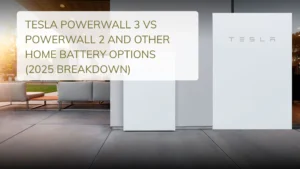
Tesla Powerwall 3 vs Powerwall 2 and Other Home Battery Options (2025 Breakdown)
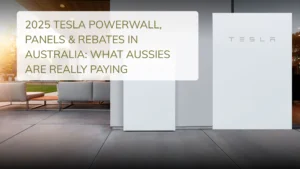
2025 Tesla Powerwall, Panels & Rebates in Australia: What Aussies Are Really Paying
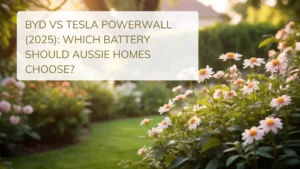
BYD vs Tesla Powerwall (2025): Which Battery Should Aussie Homes Choose?
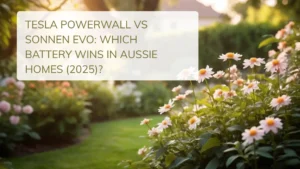
Tesla Powerwall vs Sonnen Evo: Which Battery Wins in Aussie Homes (2025)?
